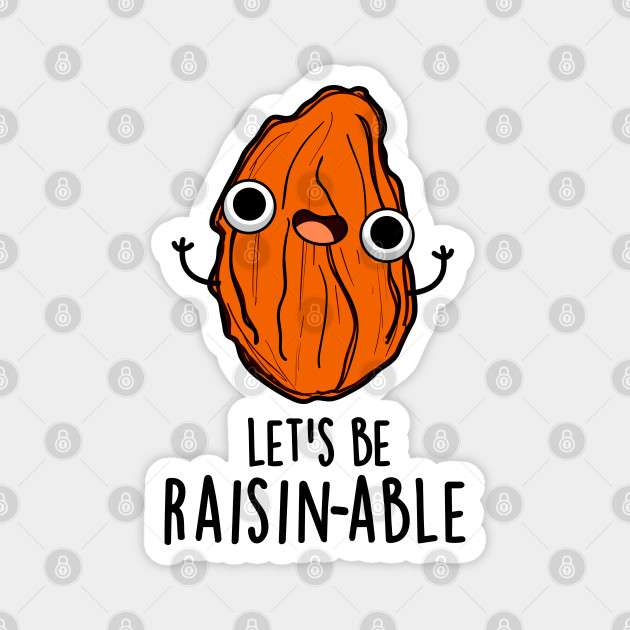Summary
-
Horses can differentiate between human expressions of joy and sadness, both in facial expressions and voice tones.
-
Horses were more attracted to the facial expressions of joy than sadness and seemed more excited by the joyful voices.
-
When presented with a mismatch between a sad face and a joyful voice, horses were surprised and spent more time looking at the incongruent image.
-
After the initial look, horses focused on the screen showing the joyful face and looked at it longer and a higher number of times.
-
Their heart rates seemed to increase more when the broadcast voice expressed joy rather than sadness, suggesting the horses were in a higher arousal state when hearing the former.
-
The researchers believe that horses can associate a human face and voice expressing the same emotion, be it sadness or joy.
-
They also believe that horses are more attracted to joyful expressions and seem to feel more positively when looking at them.
-
This suggests that horses may be capable of emotional contagion, which is the correspondence of the emotional state of an observer with the emotional state of the individual they observe.
-
Overall, the study shows that horses are able to perceive and respond to human emotions, and that they may be capable of empathy.
Other Points
-
The study was conducted with a small number of horses, so it is not yet clear how generalizable the findings are to all horses.
-
The study did not examine how horses respond to other emotions, such as anger or fear.
-
Further research is needed to better understand how horses perceive and respond to human emotions.
Abstract Link
https://pubmed.ncbi.nlm.nih.gov/37543956/
Abstract Summary
-
Communication of emotions is important in both intraspecific and interspecific interactions.
-
Several studies have shown that animals can perceive human emotions such as joy and anger, but few studies have examined other emotions such as sadness.
-
This study conducted a cross-modal experiment with 28 horses to investigate how they perceive human joy and sadness.
-
The horses were shown two videos simultaneously, one of a sad face and one of a joyful face. The videos were accompanied by either a sad or joyful voice.
-
The results showed that the horses were more likely to look at the video that was incongruent with the voice, suggesting that they can form cross-modal representations of human joy and sadness.
-
The horses were also more attentive to the videos of joy and looked at them for longer, more frequently, and more rapidly than the videos of sadness.
-
Their heart rates tended to increase when they heard joy and to decrease when they heard sadness.
-
These results suggest that horses are able to discriminate facial and vocal expressions of joy and sadness, and may form cross-modal representations of these emotions.
-
They are also more attracted to joyful faces than to sad faces and seem to be more aroused by a joyful voice than a sad voice.
-
Further studies are needed to better understand how horses perceive the range of human emotions, and future experiments should include neutral stimuli as well as emotions with different arousal levels but a same valence.
Now someone needs to study goats and pigeons!
On a serious note I love studies like this. You also see it in other interspecies relationships. Always interesting to see empathy in commensals and parabionts too (obviously doesn’t include horses and humans). In another life I’d love to study ethology.



